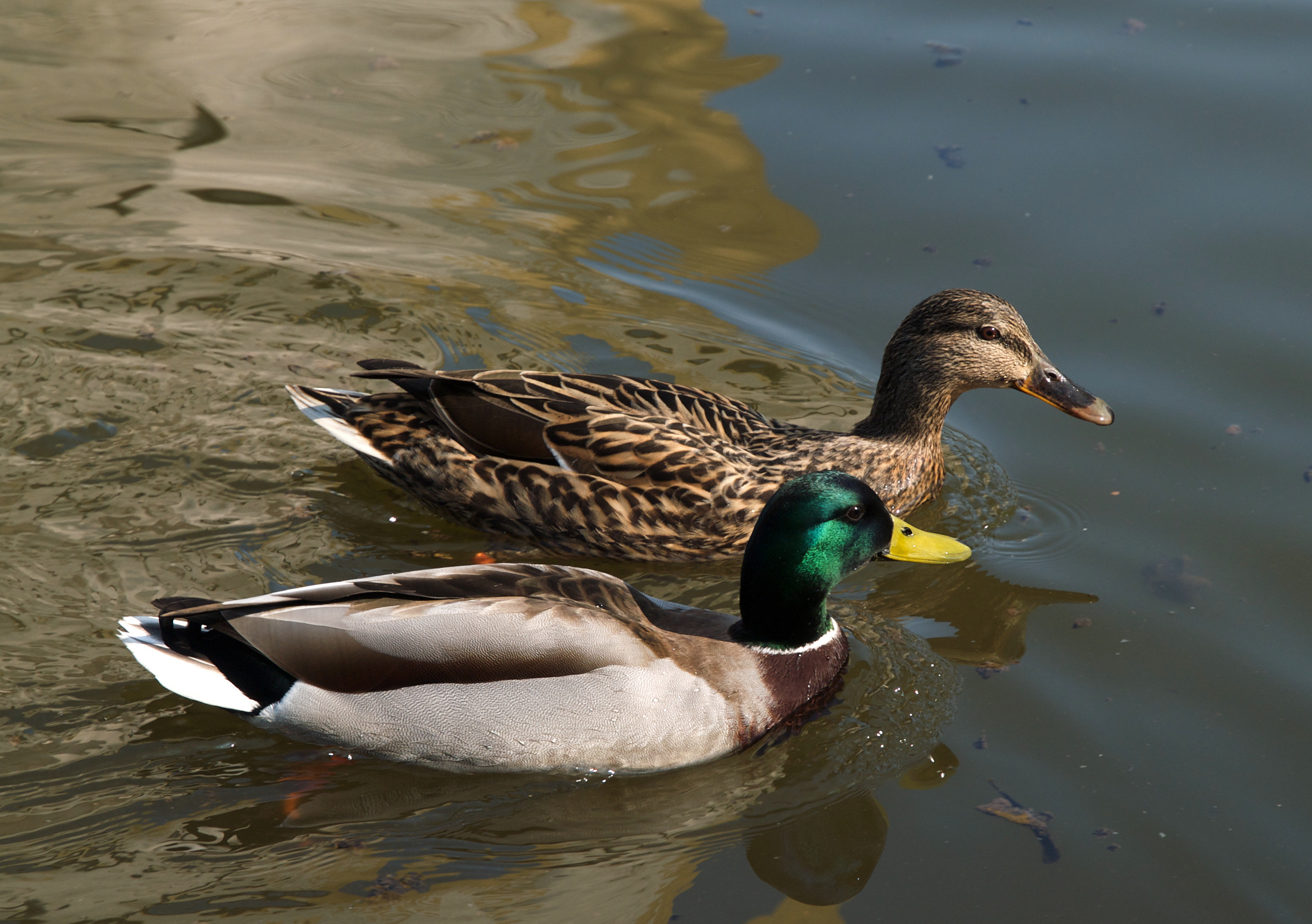Testing of nearly 19,000 wild birds over 16 years has never detected highly pathogenic bird flu in Aotearoa New Zealand.
A study used MPI surveillance data from 2004-2020 to show that NZ’s resident ducks tend to be the main carriers of low pathogenic avian influenza. There was only limited evidence of flu virus in migratory birds, suggesting there has previously been a low risk of severe outbreak, however the study authors say this could change as new strains emerge.
Anastasia Chernyavtseva, Biosecurity New Zealand’s virology team manager, comments:
“This long-term study is a cornerstone of avian influenza surveillance in New Zealand describing monitoring of wild bird flight pathways for new strains of avian influenza and assessing the epidemiology of low pathogenic avian influenza (LPAI) strains already present in New Zealand.
“The study found evidence that avian influenza viruses are widely circulating in resident mallard ducks in New Zealand, with annual prevalence ranging between 28.2% and 83.2%. The most frequently isolated subtypes of avian influenza virus from mallard ducks were LPAI H4N6, H3N8, H3N2, and H10N3. The paper focuses on H5 and H7 subtypes of avian influenza virus due to their significance; twenty H5 viruses and ten H7 viruses isolated between 2004 and 2020 were characterised as LPAI.
“Genetic analysis of H5 and H7 viruses suggests that these viruses have circulated for decades within New Zealand, with no evidence of recent introductions. However, ongoing surveillance of wild birds (migratory and resident) for avian influenza is increasingly important with the rapid shifts in the evolution and ecology of highly pathogenic avian influenza throughout the rest of the world.”
Conflict of interest statement: “Anastasia is acknowledged in the paper.”
Distinguished Professor Nigel French, Pou Pūtaiao, Chief Science Advisor for Te Niwha, the Infectious Diseases Platform, comments:
“Oceania remains free of the currently circulating strain of Highly Pathogenic Avian Influenza (HPAI H5N1 clade 2.3.4.4b) that is sweeping the world – causing large scale mortalities in wild birds, poultry and wild mammals, and occasional human infections. This is therefore an important and timely study that summarises the findings from the Ministry for Primary Industries surveillance of avian influenza viruses in wild birds in Aotearoa New Zealand between 2004 and 2020.
“The study by Dr Stanislawek and colleagues provides evidence of circulating, endemic avian influenza viruses. Importantly these are Low Pathogenic strains (LPAI) that cause less severe illness. By genome sequencing, and carefully reconstructing the ancestry of these strains, the study shows that there have been relatively few, historical introductions of LPAI strains into Aotearoa, and no evidence that migratory wild birds have brought HPAI into the country to date.
“There are a number of ways HPAI could be introduced into Aotearoa. The most likely is still through the introduction of infected wildlife via multiple pathways, including migratory bird flyways. Although this study shows that historically the introduction of LPAI into Aotearoa has been a relatively rare event, and HPAI viruses have never been detected here, the likelihood of further introductions increases as globally the number of animals infected, the number of species infected, and the geographical range of the virus increases. Recently the expansion of the devastating HPAI panzootic strain (clade 2.3.4.4b) through South America and into Antarctica extends the number of potential routes of introduction into Aotearoa, and the number of species of birds and mammals that could bring the virus here.
“Another potential route is via the ‘conversion’ of endemic LPAI viruses into HPAI viruses through subtle changes in the virus genome. This has happened on multiple occasions in multiple locations over decades, and the number of recorded ‘conversion events’ has increased over time. This was the cause of the most recent outbreak of HPAI in poultry in Australia.
“As indicated in this study, surveillance remains key to early detection of both introduced and locally ‘converted’ HPAI. This will help with the rapid deployment of interventions to contain any incursion and minimise its impact. This includes the expanded genomic surveillance of wild bird species carried out by MPI, as outlined in the paper, enhanced through the development of new environmental DNA technologies applied in a greater number of onshore and offshore settings. The public of New Zealand can also play a crucial role in surveillance by knowing what to look out for and what to do if they find potential signs of bird flu in wild birds, wild mammals or domestic poultry.”
No conflict of interest.
